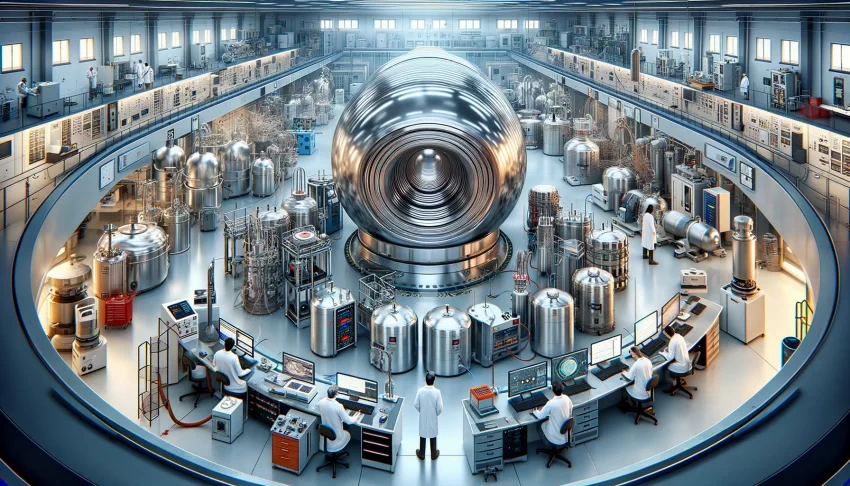| Listen to our audio presentation: History of the Computer |
In 2020, Ranga Dias, a researcher at the University of Rochester in New York, claimed to have discovered the first room-temperature superconductors, a breakthrough published in Nature. This discovery promised a revolution in technology, from medical imaging to powerful computer chips. However, nearly two years later, the paper was retracted amid allegations of data manipulation and misconduct.
Dias’s second paper on another room-temperature superconductor also faced retractions and failed replication attempts by other research groups. This scandal has not only damaged the careers of young scientists but also raised questions about the oversight of institutions and the peer-review process.
Despite previous investigations by the University of Rochester that found no evidence of misconduct, a fourth investigation confirmed “data reliability concerns” in Dias’s papers. This revelation has led to Dias being stripped of his students and laboratories.
https: //www.nature.com/articles/d41586-024-00716-2
Former graduate students and co-authors of Dias’s research have come forward, alleging that Dias distorted evidence and concealed information. They claim that they did not observe key signs of superconductivity in the samples they worked on and were shocked when Dias announced the discovery of room-temperature superconductivity. They also raised concerns about the peer-review process for Dias’s second Nature paper on superconductivity, which faced criticism from the scientific community.
The retraction of Dias’s papers has sparked a debate about the responsibility of journals and institutions in investigating misconduct. Some argue that journals should consider the credibility of authors when assessing new papers, while others believe that each submission should be judged solely on its scientific merit.
The scandal has also had repercussions for Dias’s collaborators and the University of Rochester. Ashkan Salamat, a co-author of the retracted papers, has left their joint venture, Unearthly Materials, and is under investigation at the University of Nevada, Las Vegas. The University of Rochester is now conducting a separate process for addressing “personnel actions” against Dias.
This scandal serves as a cautionary tale about the importance of integrity in scientific research and the need for rigorous oversight by institutions and journals. It highlights the potential consequences of misconduct on the careers of young scientists and the credibility of the scientific community.

